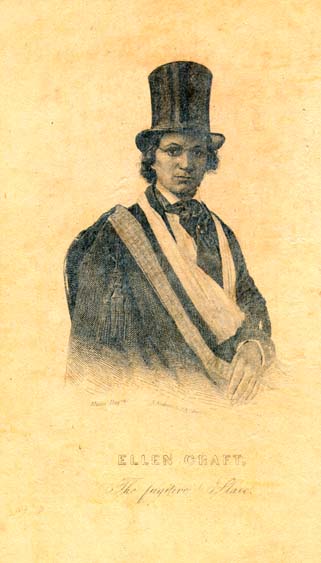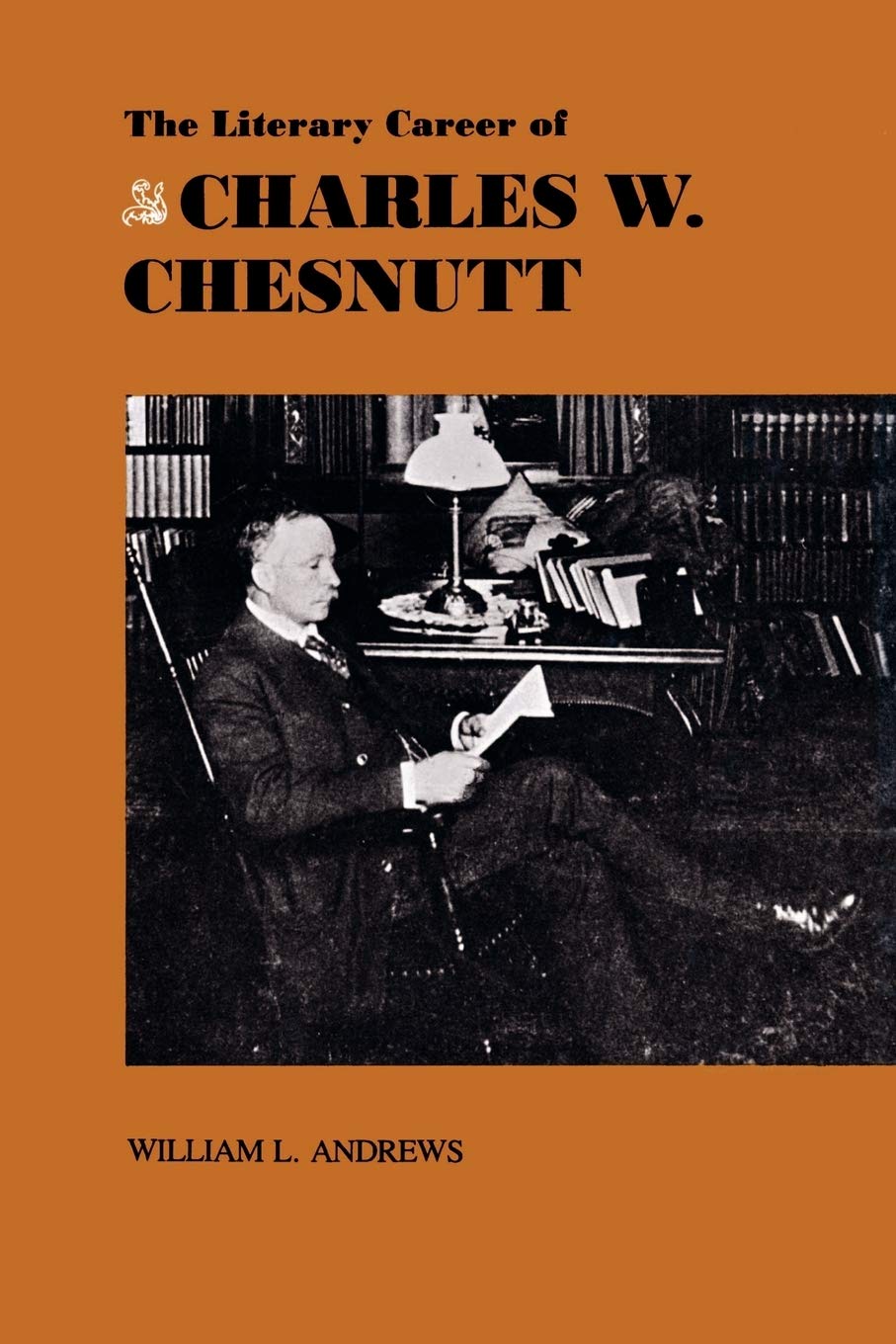Running a Thousand Miles for Freedom or The Escape of William and Ellen Craft from SlaveryPosted in Autobiography, Books, History, Media Archive, Monographs, Passing, Slavery, United States on 2009-11-08 04:41Z by Steven |
Running a Thousand Miles for Freedom or The Escape of William and Ellen Craft from Slavery
Louisiana State University Press
Originally Published: 1860
Published by LSU Press: 1999
120 pages
Trim: 6 x 9
Illustrations: 5 halftones
ISBN-13: 978-0-8071-2320-1 Paper
William Craft
With a Foreword and Biographical Essay by
Richard J. M. Blackett, Andrew Jackson Professor of History
Vanderbilt University
Husband and wife William and Ellen Craft’s [her mother was a slave and her father was her mother’s owner.] break from slavery in 1848 was perhaps the most extraordinary in American history. Numerous newspaper reports in the United States and abroad told of how the two—fair-skinned Ellen disguised as a white slave master and William posing as her servant—negotiated heart-pounding brushes with discovery while fleeing Macon, Georgia, for Philadelphia and eventually Boston. No account, though, conveyed the ingenuity, daring, good fortune, and love that characterized their flight for freedom better than the couple’s own version, published in 1860, a remarkable authorial accomplishment only twelve years beyond illiteracy. Now their stirring first-person narrative and Richard Blackett’s excellent interpretive pieces are brought together in one volume to tell the complete story of the Crafts.
Summary by Monique Pierce of Documenting The South:
Published in 1860, shortly before the start of the Civil War, Running a Thousand Miles for Freedom is the narrative of William and Ellen Craft‘s escape from slavery. Both were born and grew up in Georgia, and they lived in Macon prior to their escape. In December 1848 they devised a plan in which Ellen Craft, who was very light- skinned, would dress as a man and pretend to be a rheumatic seeking better treatment in Philadelphia. William was to accompany her and act as her slave. Relying exclusively on means of public transportation, including trains and steamers, they made their way to Savannah, then to Charleston, Wilmington, North Carolina, Washington, D.C., Baltimore, and Philadelphia, where they arrived on Christmas Day. They then relocated to Boston and sailed for England after the Fugitive Slave Law enabled slave hunters to pursue them even in free states. At the time this work was published, they were living in England with their sons. The narrative includes many anecdotes about slavery and freedom for Blacks and discusses how they were treated in both the South and the North.
Read the entire book in HTML format here. You may also obtain it here.






